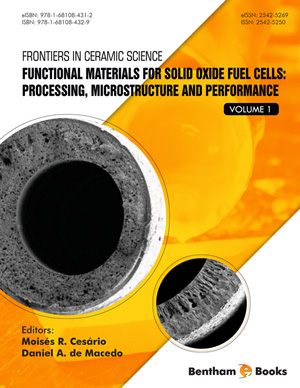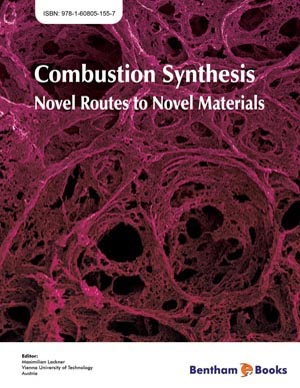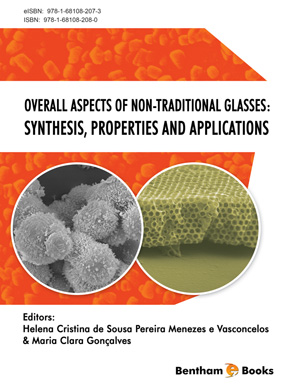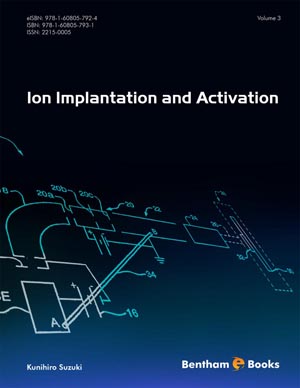Abstract
Solid oxide fuel cells (SOFCs) offer a large potential as a future green energy technology, as they show high fuel conversion efficiency with limited pollution and fuel flexibility for a wide range of applications [1]. These devices operate in the high temperature range (800-1000 °C), where cost and longevity related problems have slowed their commercialization. Nonetheless, the high operating temperature hurdle of SOFCs can be crossed by using proton conducting ceramic oxides as solid electrolytes, producing so called protonic ceramic fuel cells (PCFCs). The perovskite AB1-xMxO3-δ, A=Ca, Ba, Sr; B=Ce, Zr; M=Y, Gd, Yb) materials have been suggested as electrolyte materials for PCFCs, since these materials show high protonic conductivity and lower activation energy (0.4-0.6 eV) in the intermediate temperature range 500-750 °C [2]. The alkaline earth doped cerate family possess high proton conductivity (about 10-2 S cm-1 at 600 °C) with low activation energy, but suffer from poor chemical stability due to degradation in the presence of acidic gases (e.g., CO2) and steam, precluding their practical use as electrolytes in PCFCs. On the contrary, the alkaline earth doped zirconates exhibit good chemical stability, although their overall proton conductivity is limited (about 10-3 S·cm-1 at 600 °C) due to a low grain boundary conduction, compounded by poor sinterability and limited grain growth [3]. By tailoring the chemical composition of these two material families, a compromise between good proton conductivity, good sinterability and chemical stability can be achieved [4]. Due to the novelty and potential of this technology, this chapter will be dedicated to recent developments in PCFCs, highlighting potential electrolyte and electrode materials, their microstructure and property relationships.
Keywords: Barium cerate, Barium zirconate, Cathode, Cermet anode, Combustion synthesis, Electrolyte, Perovskites, Proton conductors, Protonic ceramic fuel cell, Solid oxide fuel cell.












